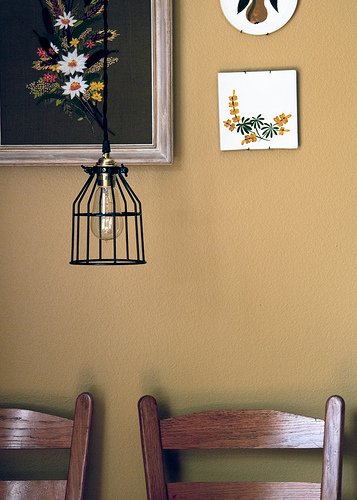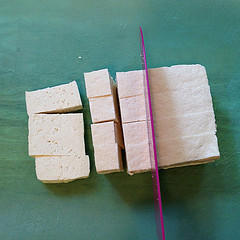You love the look of antiques, but you don’t want your home to look stuffy or stodgy. It can be difficult to create a balance between new and old items in your decor, but these simple tips from the pros will show you exactly how to incorporate antiques into an otherwise modern space.
- Pick the right items. Instead of buying something at an antique store just because you like it, consider whether or not you can actually use it in your home. A large antique bicycle is probably not the best choice in an apartment, but an antique mirror certainly is.
- Don’t spend too much. Browse thrift stores and yard sales to find low prices on hidden gems instead of making an impulse purchase at an overpriced antique store. That way, you’ll feel good about saving money on something that you really need.
- Choose furniture. Antique furniture is a great investment because it’s often higher quality than modern pieces from big box stores. Things like dressers, credenzas, and desks are all great options that will stand the test of time.
- Be sure to contrast. If you’re worried about your antiques making your home look dated, spread them out and use modern elements in between as contrast. Place a vintage coffee table near a modern sofa, or hang an antique frame in an updated bathroom.
Add Antique Accents To Your Modern Home Décor [The Accent Wall]
How To Mix and Match Antique Furniture In Modern Spaces [Build Direct]
Can You Mix Antique Furniture with Modern Furniture? [Savvy Examiner]


 Equal Housing Opportunity
Equal Housing Opportunity